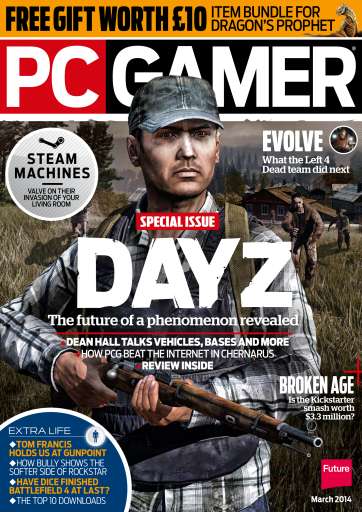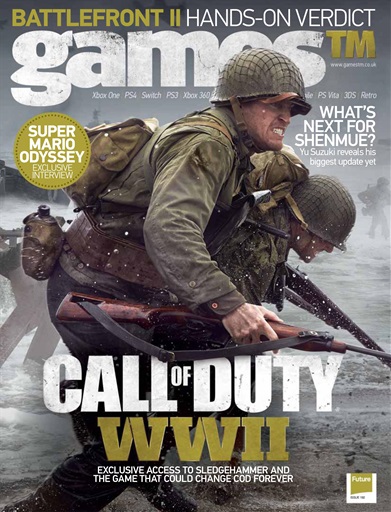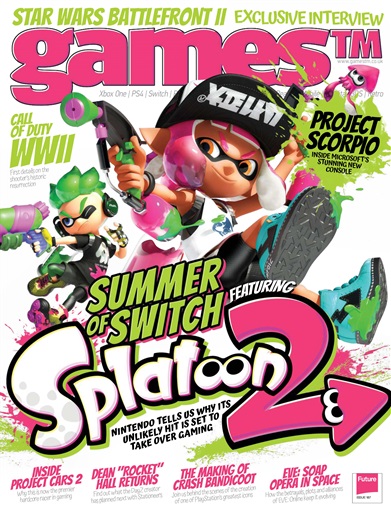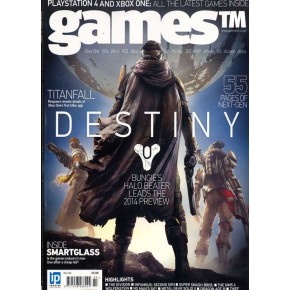
Fuse character – larry






Title of Magazine – ‘Player One’
Statement of Intent –
For my magazine, unlike my summer task, which was based solely on one game, I have decided to have a more general focus; on a specific genre of game – Retro. By centring the magazine on one genre, filled with numerous games, there are multiple possibilities which will allow me to combine/ advertise many things such as different consoles which support the games.
The title of my Magazine – ‘Player One’ – represents and includes the target audience as many people prefer being that player as it is considered more important/ superior. In addition, it also acts as an anchorage for the whole magazine as many of the games are/ will be single player.
As well as this, in order to fill up the overall page more I decided to order the plugs/ advertisements in this order as they will be more prevalent and visible.
Ideal Consumer –
Age – Teenager – 14
Gender – Male
Hobbies – Gaming – retro
Appearance – Scruffy Hair, Thick glasses, Bright red top, dark jeans, baggy jumper















Barthes – One of the leading theorists of semiotics. Denotation and Connotation
C S Pierce – A scientist and philosopher best known as the earliest supporter of pragmatism (an approach that evaluates theories or beliefs in terms of the success of their practical application). Iconic, Indexical and symbolic signs.
Ferdinand De Saussure – A Swiss linguist and semiotician. Signifier and Signified
Semiotics – The study of signs and symbols as well as, their use or meaning.
Sign – An object or event relating to what is happening or going to happen.
Signifier – A sign’s physical form (such as a sound, printed word or image).
Signified – The meaning or idea presented by a sign.
Iconic Sign – Physically resembles what ‘it stands for’ (Looks like)
Indexical Sign – (Using sensory features) signs where the signifier is caused by the signified, e.g., smoke signifies fire
Symbol – A mark or character used as a representation of an object, function, or process/ A shape or sign used to represent something such as an organization. (Random)
Code – A system of words, letters, figures, or symbols used to represent others, especially for the purposes of secrecy/ A phrase or concept used to represent another in an indirect way.
Dominant Signifier – The most important sign on the page e.g a key/ main image.
Anchorage – When a piece of media uses another piece of media to reduce the amount of connotations in the first piece – so it can have a fixed meaning.
Ideology – An ideology is a set of beliefs and values that a person may have.
Paradigm – A typical example or pattern of something; a pattern or model. A set of linguistic items that form mutually exclusive choices in particular syntactic roles.
Syntagm – A unit where signs occur in sequence or parallel and go together to create meaning.
Signification – The representation or conveying of meaning/ importance.
Denotation – The literal or primary meaning of a word, in contrast to the feelings or ideas that the word suggests (Connotation).
Connotation – An idea or feeling which a word invokes for a person in addition to its literal or primary meaning.
Myth – A widely held but false belief or idea/ misinterpretation of the truth.
Dominant Ideology – Attitudes, beliefs, values shared by the majority of people in a society.
A Radical Text – Texts which challenge the dominant ideology
A reactionary Text – Texts which support the dominant ideology

Media Forms –
Forms studied on the course –
Similarities + Differences –
(Most) Newspapers, Magazines and Books are physical and word based, whereas Media Forms such as, Radio, Television, Cinema, Video Games and online aren’t physical and are audio based Mediums.
In addition, Newspapers, Non-fiction books and Adverts tend to be more formal, informative and serious; focusing on events occurring world-wide. However, mediums such as Video Games, Movies, Magazines and Television are more informal and used in order to entertain the audience.